Fluoride reduced tooth decay by 50% to 70% in some areas
If your water does not have fluoride, your family may be at higher risk of tooth decay and cavities
28% of public water systems do not have the capacity to deliver fluoride
Fluoride is an efficient way to help prevent the most common childhood disease – tooth decay
Teeth can weaken and develop cavities without fluoride
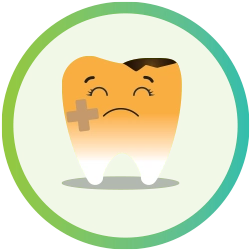
Tooth decay causes problems that often last long into adulthood, affecting kids’ schooling and their ability to get jobs as adults. Untreated tooth decay in children may lead to problems with eating, speaking, playing, and learning.

There is a clear difference in the dental health of people in communities with fluoridated water compared to those in communities without it.
Did you know?
Residents of New Jersey, New York, and Pennsylvania are less likely to have fluoridated water.
Ready-Set-Go
Select your state
Select your county
Find your water system and fluoridation status
Select your state
Select your county
Find your water system and fluoridation status
Find water system information
Water with fluoride protects teeth from decay
It is important to know if there is fluoride in your drinking water.
My Water’s Fluoride allows users to learn about the fluoride in their drinking water.
Participating States
Currently, most states provide their information to My Water’s Fluoride. If your state does not participate, you can contact your community’s water provider (utility) to learn the fluoride content of your drinking water. Your community water provider is the best source for information about the quality of their water furnished to customers.
Fluoridated water is good for teeth but is your child drinking it?
Make sure your family is getting the fluoride they need for a beautiful, healthy smile!

According to the American Academy of Pediatrics, dietary fluoride supplements should be considered.
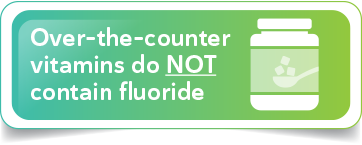
Topical vs. systemic fluoride explained
Topical fluoride, like the dentist applies, helps existing teeth from the outside, while systemic fluoride benefits developing teeth from within and provides a topical effect, working in 2 ways.
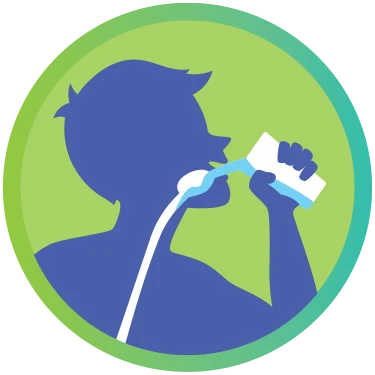
Fluoride is absorbed into the bloodstream through the stomach, and enters the teeth and bones.
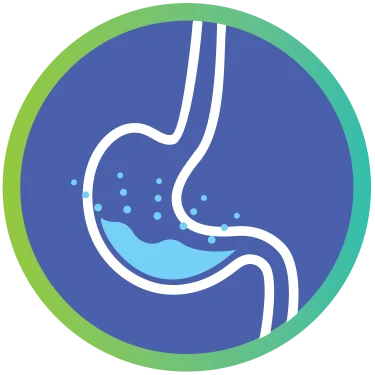
Fluoride mixes with saliva to neutralize acid produced by bacteria found in the mouth. Fluoride heals teeth and protects them from further decay.
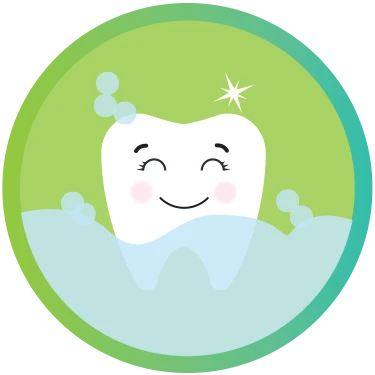
Fluoride mixes with saliva to neutralize acid produced by bacteria found in the mouth. Fluoride heals teeth and protects them from further decay.
Fluoride combines with the phosphate and calcium to create a strong barrier to protect teeth from cavities.
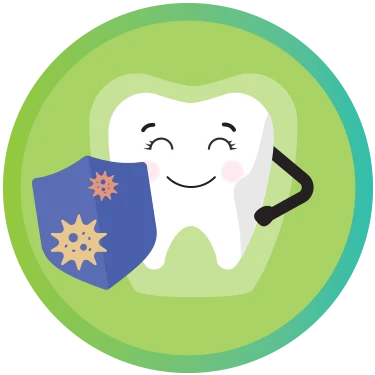
Fluoride makes teeth stronger and able to withstand the acid produced by bacteria found in the mouth.
Is fluoride safe?
- Health risks associated with fluoridation are usually limited to misuse and over-concentration, according to the Children’s Hospital of Pittsburgh.
- Major health organizations such as the World Health Organization (WHO), the Centers for Disease Control and Prevention (CDC), and the American Dental Association (ADA) agree that “fluoride is safe and effective in preventing tooth decay for people of all ages.“
- Without enough fluoride you risk tooth decay, but too much of it can cause a condition called dental fluorosis. According to the American Dental Association, this is when faint white streaks appear on the teeth, and nearly all instances are a mild, cosmetic condition.
- The risk of dental fluorosis is low. Learn more HERE.
Do not exceed the suggested dose. Dental fluorosis may result with continued ingestion of large amounts of fluoride.






